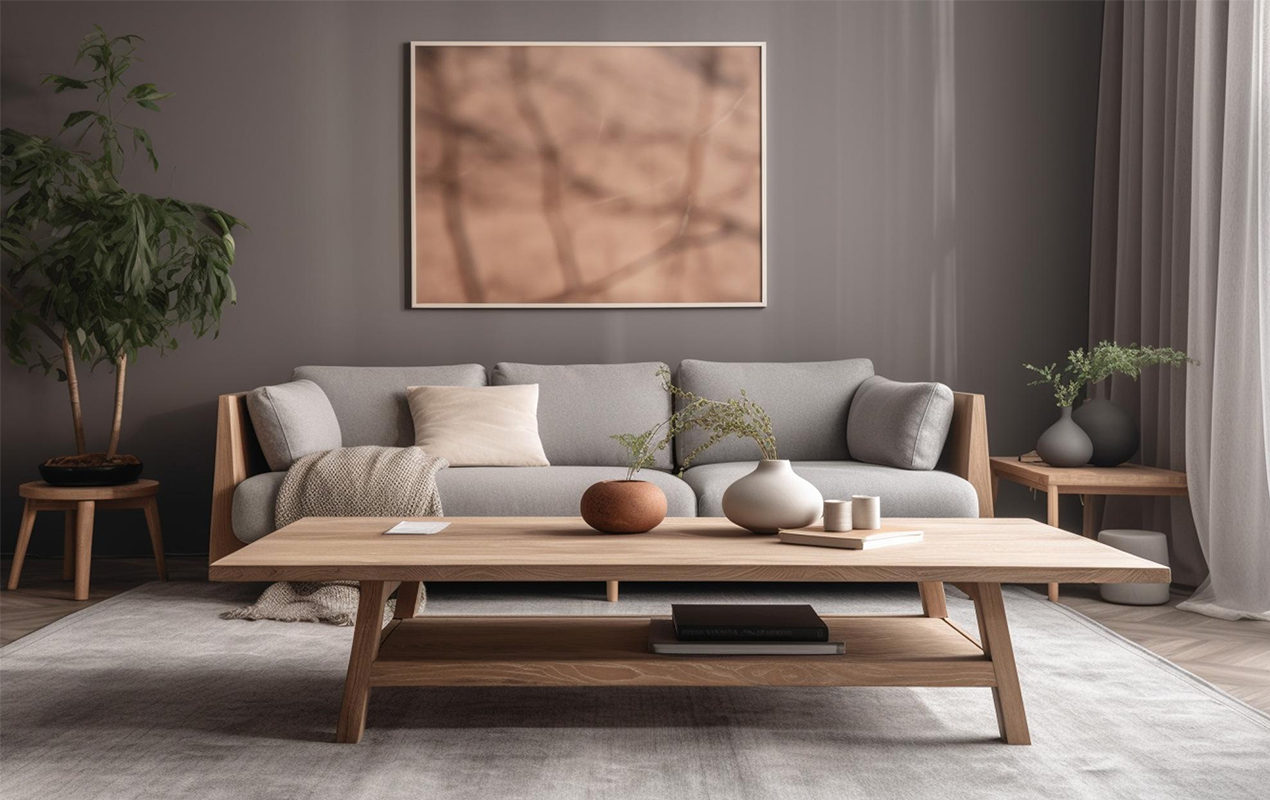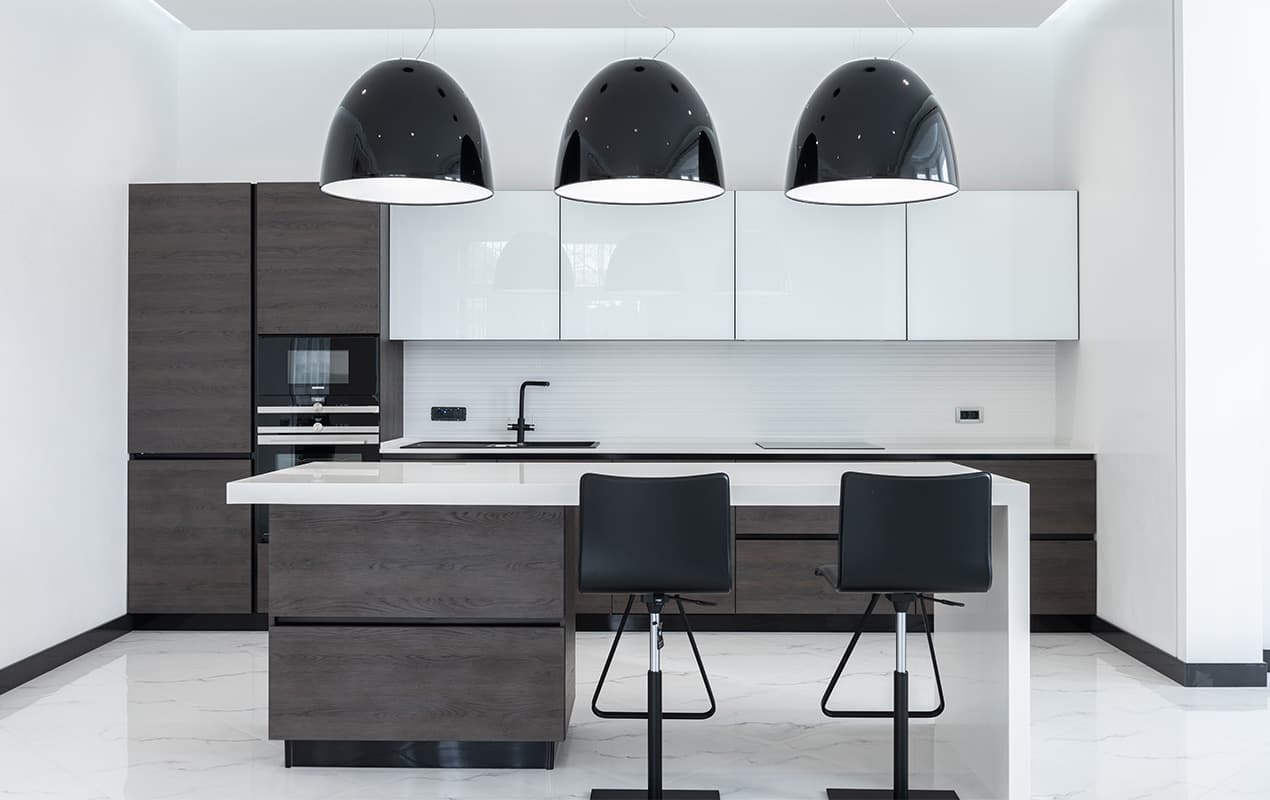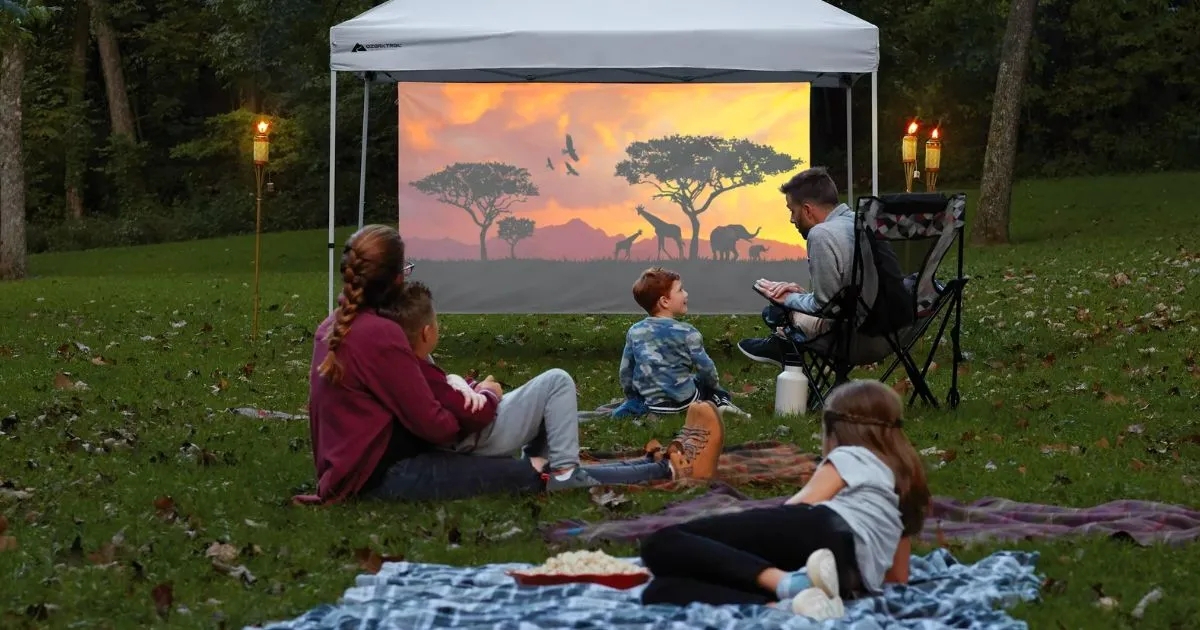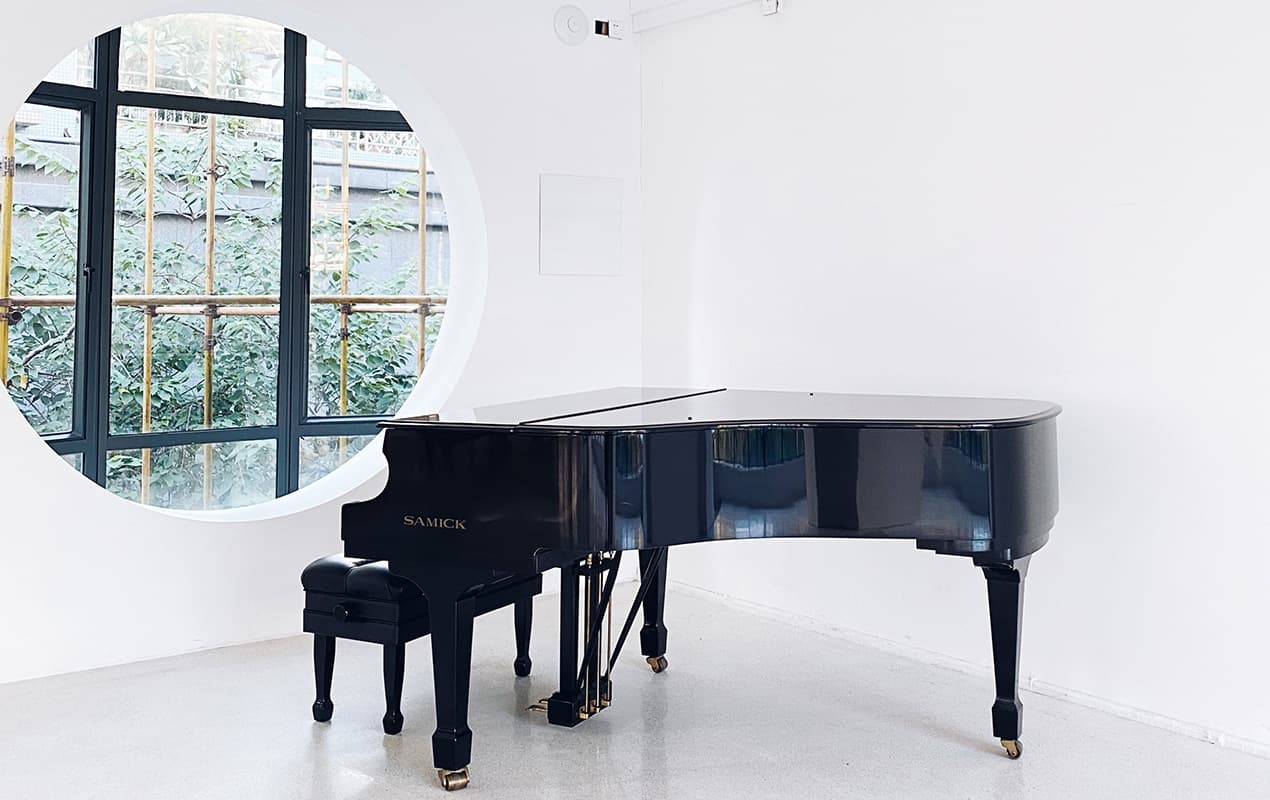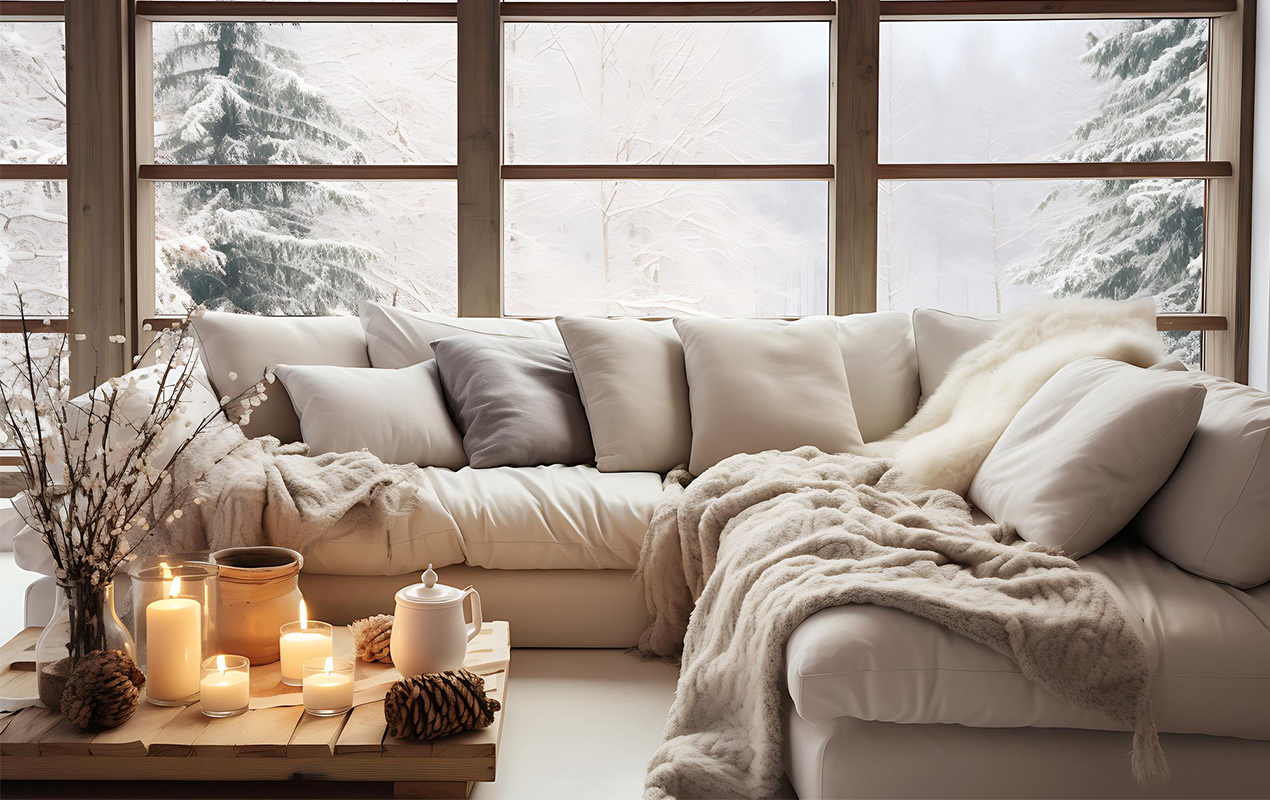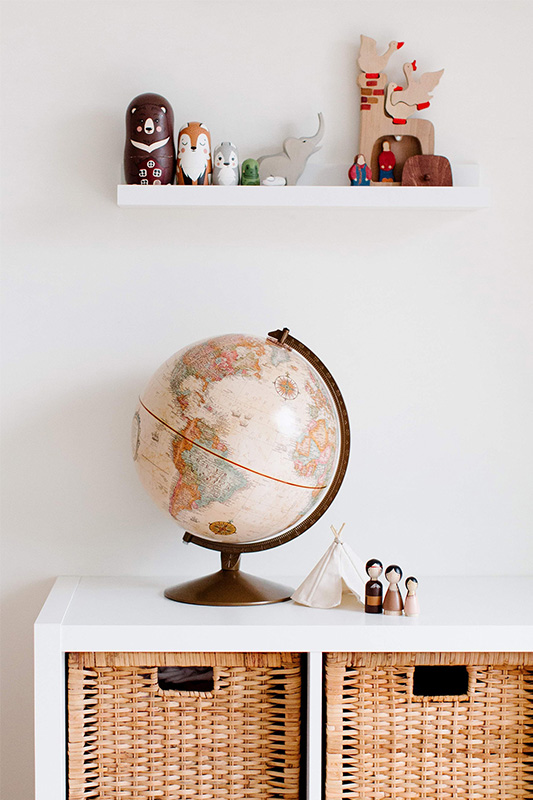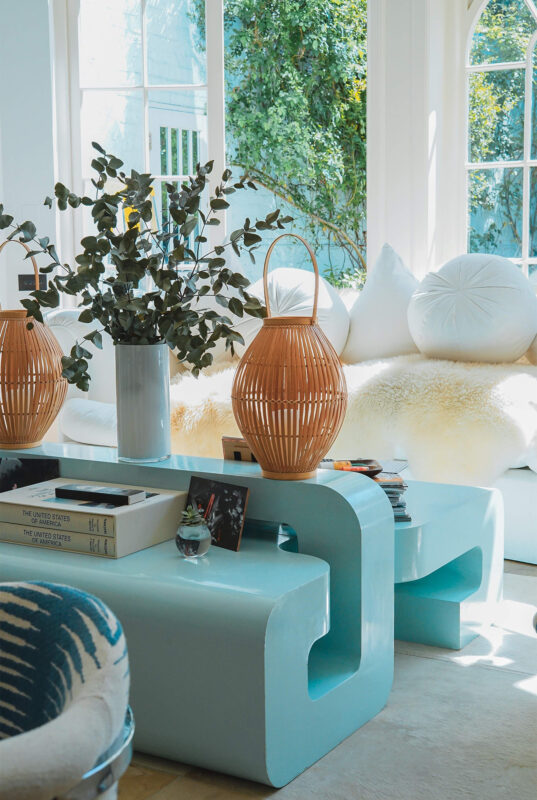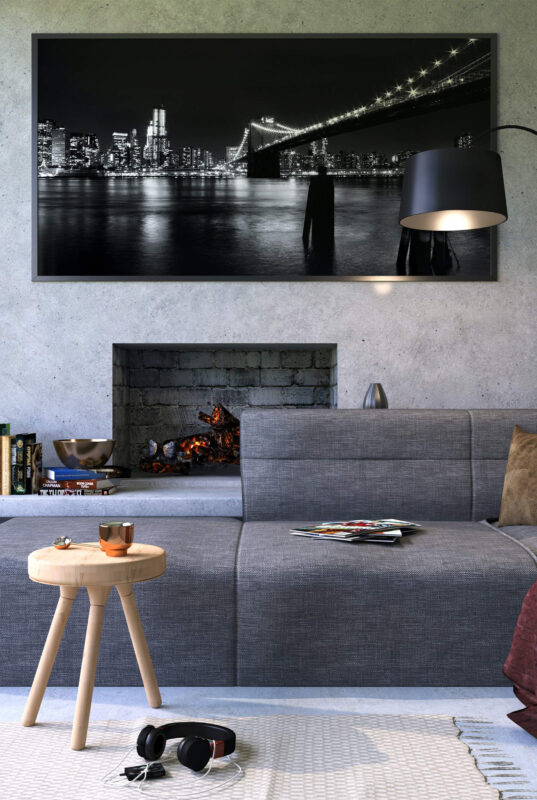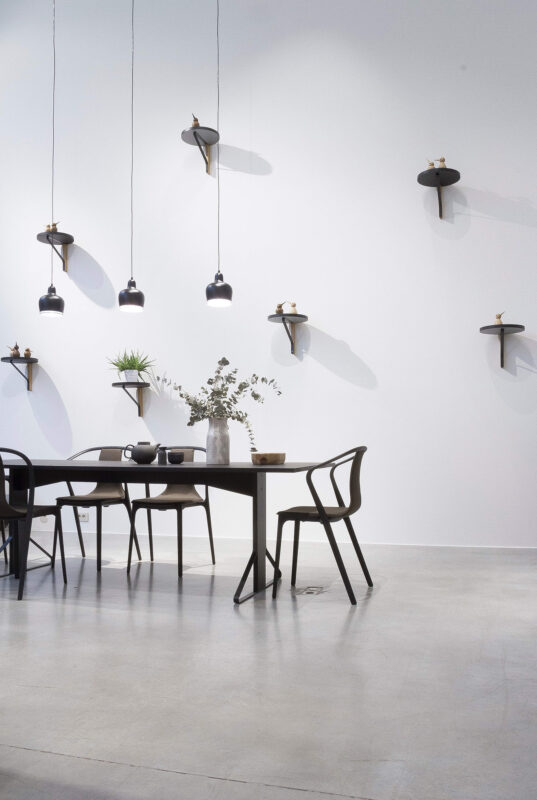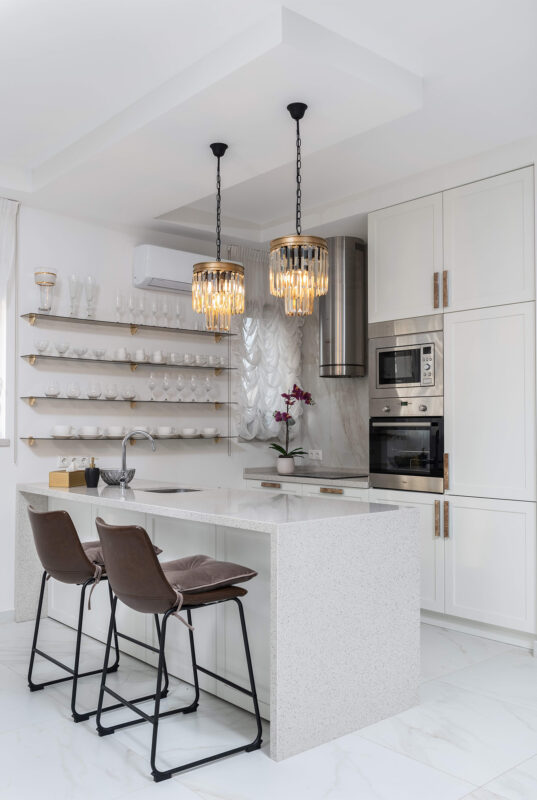How to Choose Furniture That Suits Your Decorating Style
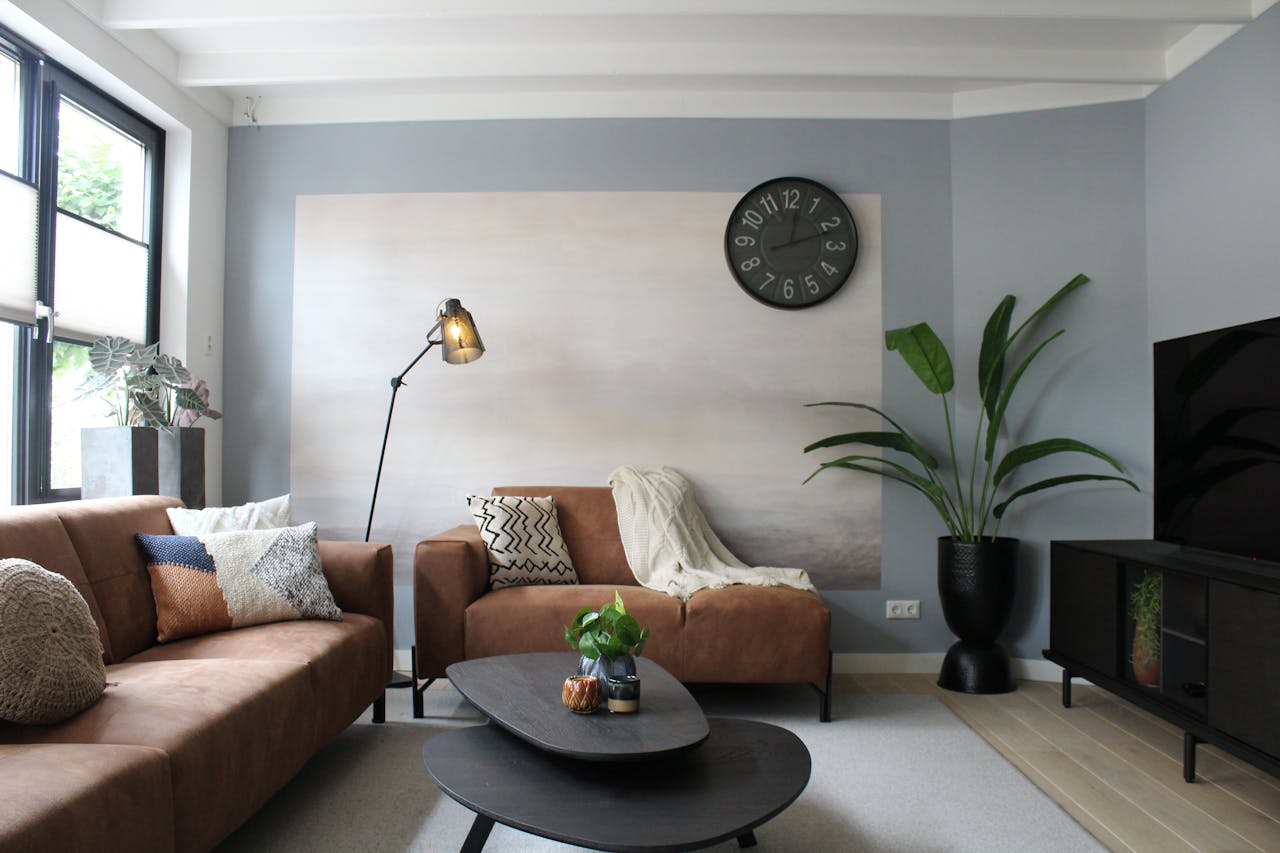
Identifying Your Decorating Style
Figuring out your decorating style is a big step toward picking furniture that feels right in your home. This usually means looking at your lifestyle, poking around different design vibes, and translating your taste into real-life choices.
Assessing Your Lifestyle and Preferences
Start by thinking about your daily routine. How do you actually use each room? Maybe you love hosting friends, or maybe you’re all about cozy nights in—either way, that’ll shape what you need.
What are you naturally drawn to? Modern pieces with crisp lines, or maybe something vintage and full of character? Jot down your must-haves and deal-breakers. Comfort might be non-negotiable for a living room sofa, while style could be your top priority in the dining area.
Practical stuff matters too. Got kids or pets? You’ll probably want materials that can handle spills and chaos. Knowing your needs helps narrow the style field pretty quickly.
Drawing Inspiration from Different Design Styles
Take a little time to explore what’s out there. Maybe it’s mid-century modern, industrial, traditional, or something rustic. Inspiration is everywhere—magazines, Pinterest, Instagram, you name it.
Try making a mood board, 3d model, digital or old-school. Notice patterns in what you like. If mid-century modern keeps popping up, maybe you’re into those clean lines and functional shapes.
And don’t feel boxed in. Mixing styles is totally fair game. A bit of rustic with your modern can make things feel more like you, less like a catalog.
Translating Personal Taste Into Furniture Choices
Now comes the fun part: picking actual furniture. Focus first on the main pieces—sofas, chairs, tables. For modern vibes, think sleek lines and neutral shades. If vintage is your thing, look for rich woods and interesting details.
Materials matter. Leather is sleek and modern, but maybe not ideal if you have a dog that sheds. Fabric’s usually more forgiving. Functionality counts. That gorgeous coffee table? It better stand up to daily use, not just look good in photos. Choose pieces that fit your life, not just your Instagram feed.
Coordinating Furniture Selection With Your Style
Picking furniture that matches your style is what makes a space feel pulled together. You want things to look good but also work for you day-to-day.
Balancing Aesthetics With Functionality
When you’re shopping, think about both the look and the purpose. A coffee table can be a statement piece and a spot for your mug at the same time. Small space? Multi-functional furniture is a lifesaver. A storage ottoman keeps clutter in check and gives you extra seating.
Don’t overcrowd the room. Open layouts help with flow and make things feel bigger. And always ask yourself—what’s this piece really for? A bookcase could hold books, sure, but maybe it’s also for your favorite knick-knacks.
Mixing and Matching Furniture Styles
Mixing styles adds personality. Start with one main style, like modern or rustic, then layer in a few contrasting pieces. Maybe pair a modern dining table with vintage chairs for some visual interest. Just make sure the colors and materials don’t clash.
Pick a color palette to tie things together. Got a kitchen island in natural wood? Add a matching bench to keep it cohesive. Use smaller accents—like a modern lamp on a classic side table—to mix things up without making the room feel chaotic. It’s all about balance, not perfection.
Choosing Signature Pieces for Focal Points
Every room needs a star or two. Maybe it’s a unique bookshelf or a bold dining table that draws the eye. Signature pieces should show off your style and actually be useful. Let them set the vibe for the space.
Placement matters. Put your statement piece where it’ll get noticed and still do its job. Surround those focal points with accents that play nice—think decorative trays or cool coasters that echo your overall theme.
Optimizing Furniture Scale and Room Layout
Getting the scale and layout right can totally change how a room feels. Measure, plan, and tweak until things just click.
Measuring and Planning Your Living Space
Grab a tape measure and get the room’s dimensions. Note windows, doors, and anything built-in that could affect placement. Sketch a rough floor plan—graph paper or an app works. Mark out doors and windows so you can see how people will move through the space.
This makes it way easier to figure out what fits. Double-check furniture dimensions before you buy so you don’t get stuck with something that just won’t work.
Understanding Proportion and Spacing
Proportion is everything. Big furniture in a tiny room? It’ll feel cramped. In a larger room, you can go bigger without overwhelming the space. Try to keep about 24 to 36 inches between pieces so you’re not bumping into things. Rugs can help define different areas, especially in open layouts.
Adapting Your Floor Plan for Comfort
Think about how you actually live in the space. Arrange seating to make conversation easy—circular or L-shaped setups work well.
Short on space? Go for furniture that does double duty, like ottomans with storage or expandable coffee tables. Just don’t forget to leave walking room. Adjusting your layout for your habits makes everything feel more comfortable—and honestly, more like home.
Selecting Materials and Quality for Longevity
Materials and quality can really make or break how long your furniture lasts. Durability, maintenance, and construction are worth paying attention to.
Evaluating Durability and Maintenance
Durability matters a lot. Solid wood and good metal options hold up best. Here’s a quick cheat sheet:
| Material | Durability | Maintenance |
| Solid Wood | Very high | Low-Medium |
| Metal | High | Low |
| Particle Board | Low | High |
| Upholstery | Varies (see below) | Medium-High |
Pick what fits your lifestyle. If you’ve got kids or pets, stain-resistant materials are a safe bet. A little maintenance goes a long way—polish wood now and then, wipe up spills on upholstery fast.
Comparing Upholstery and Finishes
Upholstery can make a huge difference in both feel and durability. Leather and high-performance synthetics are tough and usually easy to clean. Here are a few to consider:
- Leather: Tough, low maintenance, and gets better with age.
- Microfiber: Super stain-resistant and soft—great for families.
- Natural Fabrics: Cotton or linen feels cozy but might need more care.
Don’t overlook finishes. Protective coatings on wood help ward off scratches and stains. A good finish can make a piece last a lot longer.
Spotting Quality Furniture Construction
Construction quality is huge for longevity. Here’s what to check:
- Joinery: Dovetail or mortise-and-tenon joints are strong. If it’s just glued, maybe think twice.
- Hardware: Hinges and drawer slides should feel sturdy and work smoothly.
- Stability: Give it a gentle push—it shouldn’t wobble or creak.
- Cushion Quality: For sofas and chairs, good foam or down makes all the difference. It should feel comfy but supportive.
Designing With Color Palettes and Textures
The right colors and textures can tie a room together and make it feel welcoming. It’s all about picking what speaks to you.
Choosing a Harmonious Color Palette
Start with a palette that matches your personality and the mood you want. Three main colors usually work: a dominant one, a secondary, and a pop of something bold. The color wheel can help. Colors next to each other are calming; opposites add energy.
Say you go with blue as your main color—maybe a soft green as your backup and a bright yellow for accents. Spread those shades across furniture, rugs, and pillows to keep things cohesive.
Incorporating Neutral and Wood Tones
Neutrals like beige, gray, and white help ground your palette. They let brighter colors stand out without going overboard. Wood tones add warmth. If your palette leans cool, lighter woods like maple or ash work well.
Layering neutral rugs and cushions adds texture without making the room too busy. A light gray rug can pull everything together and keep things cozy.
Adding Texture with Decor Pieces
Texture’s what makes a space feel interesting and lived-in. Mix up your materials for some visual variety. Try soft cushions, woven baskets, or art with different surfaces. It keeps the eye moving.
Maybe pair a slick leather sofa with plush pillows, or toss a textured rug on the floor. Every layer adds to the vibe and makes the space feel more like yours.
DeCasa Collections brings simple, stylish home decor designed to make your space look better.


